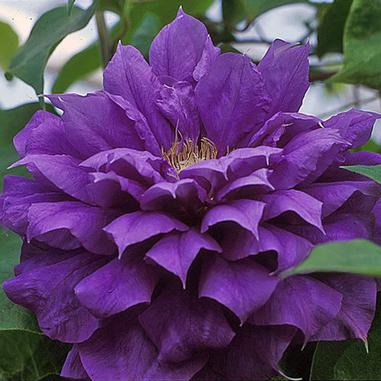Admiring her work, May lingered on the fringe, contented and satisfied, as she packed her bags preparing for her upcoming departure. Staring back at her were the fully leafed trees and blooming plants of a maturing landscape, the air perfumed with the bouquet of late Spring/early Summer flowers. The groundwork has been laid, and life abounds in our yards and gardens, thanks in part to a mild Winter and May’s capricious nature. Her work here is done, and June only needs to stay the course; however, with June’s arrival, we anticipate a certain, destructive pest.
Welcome the Grub Worm.
Grub Worms are the larvae, children, if you will, of a variety of beetles. They feed on the lawn’s root system and are terribly destructive. Weakened, wilting, brown grass in irregular shapes are a sign of their existence and ferocious appetites. In these areas, the grass can easily be pulled back due to root damage, and the grub highly visible – white, c-shaped and reaching lengths up to 2″. Blech. The grubs, themselves, invite critters, like skunks and raccoons, to feast upon them, further damaging the lawn.
More eggs are deposited in warmer soil areas, like around sidewalks, driveways and near outside lights. The beetle prefers to lay her eggs in moist soil as opposed to dry, and well maintained and irrigated lawns are often targets.
Preventative measures can be taken to inhibit the larvae from hatching and/or maturing. This is referred to as preventative grub control and is your best and most effective defense. Once damage is noticed, usually later in the season, around August, granular insecticides can be applied to prevent and treat the grubs; however, most damaged areas will not bounce back. Raking and reseeding will most likely be needed.
Before grubs become a problem, contact Sweeney’s to schedule your grub control today! After all, an ounce of prevention is worth a pound of cure and a healthy lawn!
Plant of the Week

Franziska Maria Clematis
Large 4-6″ double purple flowers with blue overtones bloom June – September. Prefers full sun to partial shade and moist, well-drained soil. Grows 6-8′ high and 3-4′ wide. Great climbing vine that can grow vertically up a trellis or wall or even grown horizontally across the ground. Attracts hummingbirds and bees.
“Sitting quietly, do nothing, Spring comes, and the grass grows by itself.”
-The Gospel According to Zen
Best wishes,
Kim Sweeney
